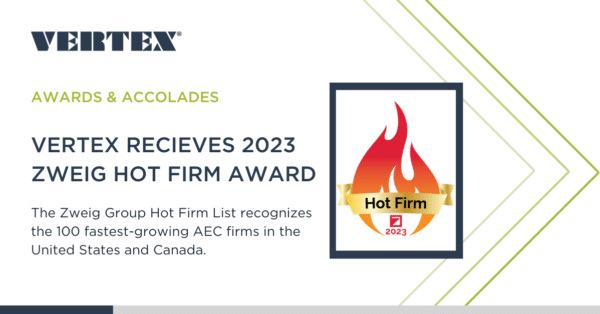In last month’s commentary, I discussed the aging variances among the 50 states, noting that the states in the mid-west and northeast are aging much faster than the states in the south and west.
California, with a median age of 37, is among the youngest states in the Nation, primarily because of the youthful Hispanic population.
The San Diego County population (which acts exceptionally youthful) is aging as well. In the 20-year period between 2010 and 2030, SANDAG (San Diego Association of Governments) projects that our County will add more than 700,000 persons.
By far, the fastest growing segment of the population will be folks over age 60. That segment will grow by 83% compared to the 18-34 year old population that will grow only 10%. Thus, the over 60 population in San Diego County will add almost 300,000 between 2010-2030.
The aging of the population has major implications for health care, pension plans and government budgets. Economist Robert Samuelson states “younger Americans have generally been clueless about how shifting demographics threaten their future government services and taxes.”
Relatively little press has been given to the housing needs of the senior population. Typically, persons turning 60 can look forward to another 20+ years of life. For most of that time, they will be healthy, but we do know that 50% of the Nation’s medical bills occur within 24 months of a person’s death.
That said, the Nation has to look seriously at its housing supply and the ability to service the senior population. We know that currently 85% of the senior population will die in the same home they have been living in for years. It is a relatively small share of the senior population that actually moves into a senior care environment (assisted living, memory care or independent living with food services).
In fact, the projections for the demand for assisted living facilities have been greatly exaggerated and a substantial number of facilities have either gone bankrupt, or, in the case of chains, severely reduced their expansion plans. Marriott had three facilities in San Diego County and disposed of them shortly after they were built.
Our firm provides market studies for senior facilities. Inevitably, the brochure of the facility shows a radiant couple swinging golf clubs or imbibing a martini and engaged in spirited conversation. This image somewhat belies the facts.
The reality is that in virtually all senior facilities, the typical occupant is a female 83 years old. Married couples are generally in short supply and single men more so. Notably, husbands invariably die before their wives (yes, because they want to).
That brings me back to the issue of housing. First, and foremost, more than 80% of folks over 60 own their own home. Better yet, few have a mortgage. Therefore, the senior population often has substantial equity available to carry them through their senior years.
One very clear option is using their home as a piggy bank by taking out a reverse mortgage. If you have a home worth $400,000, you could draw out $20,000 a year for 20 years before the equity is exhausted.
A second option is downsizing and putting the “profit” in an annuity.
For many seniors, there is yet another option: moving in with a child. It is not always a perfect fit, but it may provide a financial benefit. The child and the parents could merge equity and move into a much nicer house, perhaps in a better neighborhood. Multi-generational households are a totally normal occurrence in Hispanic and Asian families.
The homebuilding community may find a welcome market for homes with a parental suite. In the past decade, several homebuilders built “granny flats” over the garage, but they really were not large enough to live like an apartment. The suite concept may be ripe in coming years. Similarly, in many jurisdictions it is legal to build a second residence behind the primary one.
The other household type that deserves more developer attention is the independent living apartment (without food services) and which is aimed at the middle-income market. Those are few in number in San Diego County. Perhaps the two best examples are Woodland Village Apartments in San Marcos and Willmark’s Governor Drive complex in University City. Both offer modern rental units aimed at the middle-income senior market with amenities and social programs that appeal to that market segment.
There is also a major market for senior apartments aimed at the lower-income senior market. Typically, they are built with government-subsidization, but can be built with traditional financing/equity if local governments were to enact programs that require far lesser parking requirements, severely reduced development fees, and possibly even contribute city-owned land.
Thus, as we look at the future of the Nation and San Diego, there are opportunities to serve the rapid growing senior market. This is not an economist’s mathematically derived projection or a formula derived from algorithms – it is a demographic reality and, in fact, accommodating the needs of seniors is most probably the Nation’s fastest growing industry.
This article was originally published by Xpera Group which is now part of The Vertex Companies, LLC.







